1. Clinking Glasses for a Toast

Ever wonder why we clink glasses before we drink? It feels like second nature, doesn’t it? Well, back in the day, particularly in medieval times, poisoning was a huge concern. People were constantly on edge about being offed by their rivals. So, to prove they weren’t trying to slip something nasty into your drink, people would vigorously clink their glasses together, often spilling a bit of their drink into the other person’s. This way, if one drink was poisoned, both would be affected. A little bit of spilled wine was a small price to pay for peace of mind, right? It was a very literal way of saying, “See? We’re all in this together, and if you die, I die!” Thankfully, today it’s just a celebratory gesture, but it’s still pretty wild to think about its dark origins shares NPR.
It’s a reminder that even the most seemingly innocent actions can have surprisingly sinister roots. We just do it without thinking, almost like a reflex. It’s almost charming in its absurdity when you consider how elaborate the prevention methods were. Imagine being at a fancy dinner party and having to essentially swap sips to ensure your survival! We’ve definitely progressed, but the clinking remains. Next time you raise a glass, spare a thought for those paranoid medieval folks adds Mental Floss.
2. Saying “Bless You” After a Sneeze

“Bless you!” It rolls off the tongue without a second thought. But why do we say it? One popular theory is that it originated during the time of the bubonic plague. People believed that a sneeze was an early symptom of the plague, and saying “God bless you” was a prayer for the person’s recovery, or perhaps even a ward against death itself. It was a desperate plea for divine intervention in the face of widespread sickness. Imagine how terrifying it must have been to hear someone sneeze during those times; it was like a harbinger of doom shares Southern Living.
Another theory, even older, suggests that a sneeze was thought to expel the soul from the body. Saying “bless you” or “God bless you” was believed to prevent evil spirits from entering the body and snatching the vulnerable soul. It was a spiritual protective measure, like an invisible shield. It’s fascinating how such a common bodily function could be imbued with so much supernatural meaning. It just goes to show how much superstition played a role in everyday life. We just keep saying it out of habit, but it’s really a tiny echo of ancient fears adds Reader’s Digest.
3. Knocking on Wood
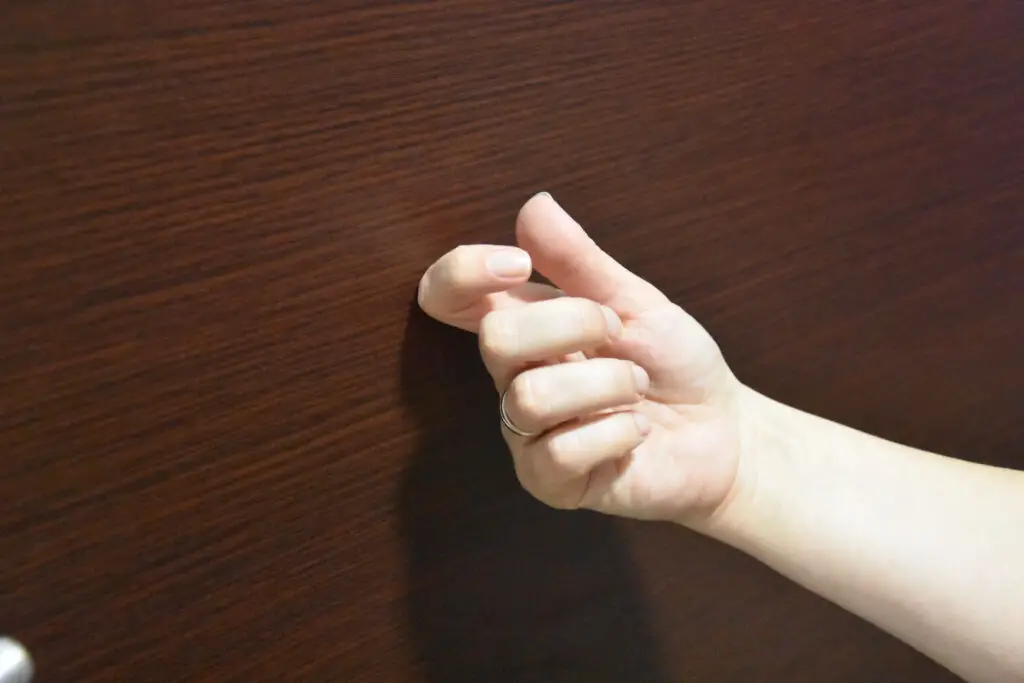
“Knock on wood!” We’ve all done it, usually after saying something we don’t want to jinx. It’s almost a reflex, like it’s going to magically prevent bad luck. This tradition is pretty ancient and has a few possible origins. One theory links it to pagan beliefs that trees housed spirits or gods. By knocking on the wood, you were either waking up the spirits to ask for their protection or thanking them for good fortune. It was a way of interacting with the natural world and seeking its benevolent influence. It’s like a little prayer to the forest.
Another theory suggests it stems from early Christian beliefs. The wood was sometimes associated with the wood of the cross, and touching it was seen as a way of invoking God’s protection. So, whether it was pagan spirits or divine intervention, the core idea was the same: a plea for good luck or a ward against misfortune. It’s funny how we still do it without ever thinking about why, just trusting in this weird little ritual. It’s definitely a testament to the enduring power of superstition.
4. Throwing Salt Over Your Shoulder

Ever accidentally spill some salt and immediately feel the urge to throw a pinch over your left shoulder? It’s a classic move, right? This tradition actually has a pretty specific and rather dramatic origin. Back in ancient times, salt was incredibly valuable, almost like currency, and spilling it was considered a terrible omen, a sign of bad luck. The belief was that the devil or evil spirits lurked over your left shoulder, waiting to cause mischief. So, by throwing salt over your left shoulder, you were essentially blinding or appeasing these evil entities, preventing them from taking advantage of your misfortune.
It was seen as a way of counteracting the bad luck you’d just brought upon yourself by the spill. Think about it: you’ve just wasted a precious commodity, and now you have to waste a tiny bit more to ensure you don’t suffer any further consequences! It’s a surprisingly elaborate ritual for such a simple mishap. It’s a vivid reminder of how much people believed in malevolent forces at play in everyday life. We still do it, of course, a little quirky gesture to ward off something we don’t even truly believe in anymore.
5. Breaking a Wishbone
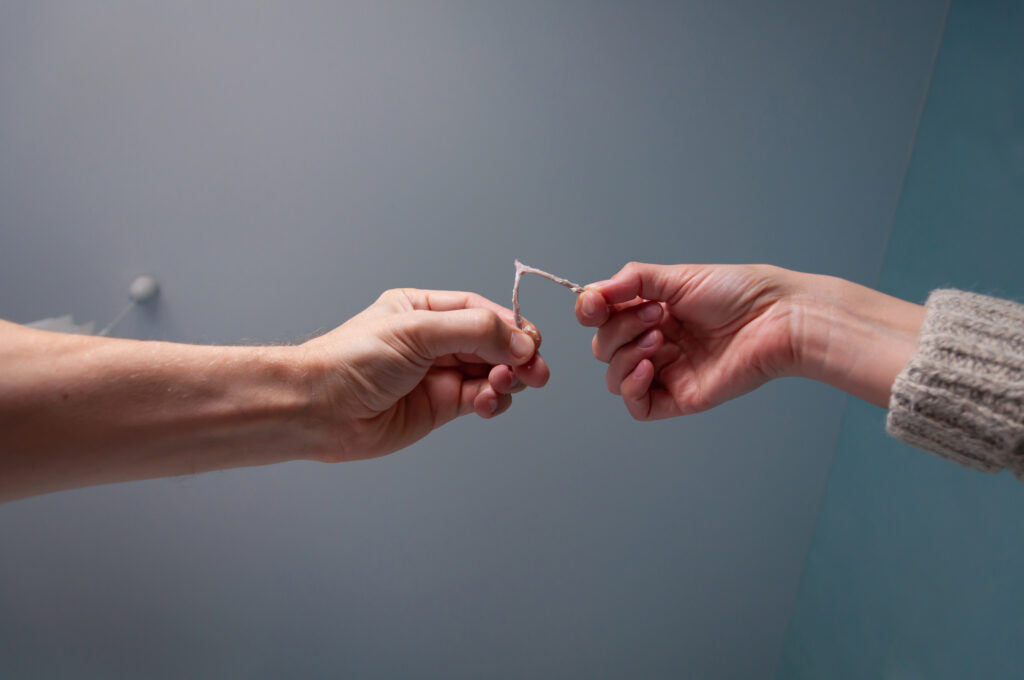
Thanksgiving dinner just isn’t complete without the wishbone ritual, is it? Two people pull, and whoever gets the bigger piece gets their wish. It’s so ingrained in our holiday traditions. This tradition actually goes way back to ancient Etruscans, who believed that chickens were sacred and had prophetic powers. They would dry out the clavicle (the wishbone) of a chicken and stroke it, hoping to absorb its good fortune. It was almost like a little good luck charm.
Later, the Romans adopted this practice, and as the bone became more brittle from drying, people started fighting over who got to hold it. Eventually, it evolved into two people pulling it apart. The person with the larger piece was thought to be granted good luck, or their wish would come true. It’s a delightful little game that’s become a cornerstone of many holiday meals. It’s amazing to think that this simple activity has such ancient, almost mystical, roots tied to prophecy and good fortune.
6. April Fool’s Day Pranks

April Fool’s Day – a day dedicated to harmless (usually!) pranks and tomfoolery. We just accept it as a fun day to mess with people. But why April 1st? One popular theory dates back to 16th-century France. Before 1582, much of Europe celebrated New Year’s Day on March 25th, with festivities lasting until April 1st. When France switched to the Gregorian calendar, New Year’s Day moved to January 1st. However, news traveled slowly, and some people continued to celebrate New Year’s on April 1st.
These “fools” who clung to the old calendar became the target of jokes and pranks, often having paper fish placed on their backs (a “poisson d’avril,” or April fish, representing a young, easily caught fish). So, those who were behind the times became the butt of the joke, unknowingly participating in the origins of our modern-day pranks. It’s a reminder of a time before instant communication, where even calendar changes could lead to amusing social dynamics. We just keep the tradition going without even thinking about those old calendar holdouts!
7. Shaking Hands as a Greeting

Shaking hands is just what you do when you meet someone new or greet an acquaintance. It’s a universal gesture of goodwill. But its origins are surprisingly practical and even a bit confrontational. In ancient times, and throughout history, shaking hands was primarily a way to show that you were unarmed and meant no harm. By extending an open hand, you were demonstrating that you weren’t holding a weapon, like a dagger or a sword. It was a tangible sign of peace and trust.
Furthermore, shaking hands also served as a way to check for hidden weapons up the sleeve. A firm grip could dislodge any small knives or daggers that might be concealed. So, it wasn’t just a friendly greeting; it was a mini security check! It’s a far cry from the polite pleasantries we associate with it today. It’s pretty cool to think about how this simple gesture evolved from a potential life-or-death assessment to a mere social custom.
8. Wearing a Wedding Ring on the Fourth Finger
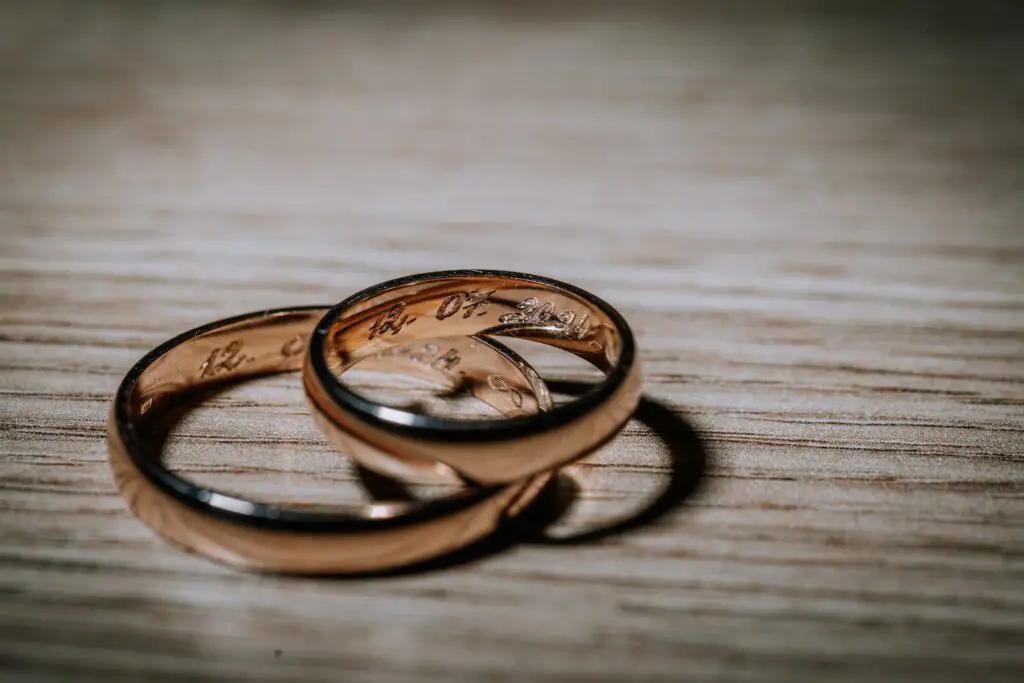
The wedding ring on the fourth finger of the left hand is such a classic symbol of marriage. It just seems like that’s where it belongs. This tradition actually goes all the way back to ancient Roman and Greek beliefs. They believed that the fourth finger had a special vein, the “vena amoris,” or “vein of love,” which ran directly to the heart. Placing the ring on this finger was therefore a symbolic connection between the couple’s hearts.
It was seen as the most direct path to the heart, signifying eternal love and devotion. While modern anatomy has debunked the existence of a specific “vena amoris,” the romantic notion persisted and became deeply ingrained in wedding customs. It’s a beautiful thought, even if scientifically inaccurate. It’s lovely to think about how this symbolic gesture has continued for centuries, connecting us to ancient lovers who believed in this special vein of love.
9. Saying “Break a Leg” Before a Performance

“Break a leg!” It’s what you say to performers before they go on stage, a quirky way of wishing them good luck. But it sounds a bit… violent, doesn’t it? The origins of this phrase are a bit murky, but one popular theory comes from the world of theater itself. In superstitions, wishing someone “good luck” was believed to actually bring bad luck. So, actors would use the opposite phrase to trick any mischievous spirits into thinking they were wishing ill upon the performer, thus ensuring a successful show. It was a reverse psychology ward against jinxing.
Another theory suggests it refers to the breaking of the “leg line” – the side curtain in a theater. If an actor “breaks a leg,” it means they cross that line to go on stage and perform, indicating they’ve actually gotten a role and are performing. So, it’s less about injury and more about actually getting to perform. Either way, it’s a delightful theatrical eccentricity that we’ve all adopted. It’s a secret code to wish someone success without actually saying it out loud.
10. Tossing a Coin into a Wishing Well

Wishing wells, fountains, ponds – we toss coins into them all the time, hoping our wishes come true. It’s such a simple, hopeful act. This tradition dates back to ancient times, long before coins as we know them existed. Early cultures believed that water sources, like springs and wells, were sacred places inhabited by gods or spirits. Offering a valuable item, like a coin or other trinket, was a way to appease these deities and receive their blessings, including granting wishes. It was a direct offering to the mystical guardians of the water.
The act of tossing the coin was a symbolic sacrifice, a small investment in the hope of a greater reward. It was a way of showing respect and making a plea to the unseen forces that controlled these vital resources. So, when you toss that penny, you’re tapping into a very old belief system about the magical power of water and the importance of offerings. It’s charming how we continue this ancient ritual, even if our understanding of the spirits has changed a bit.
11. Crossing Your Fingers for Good Luck
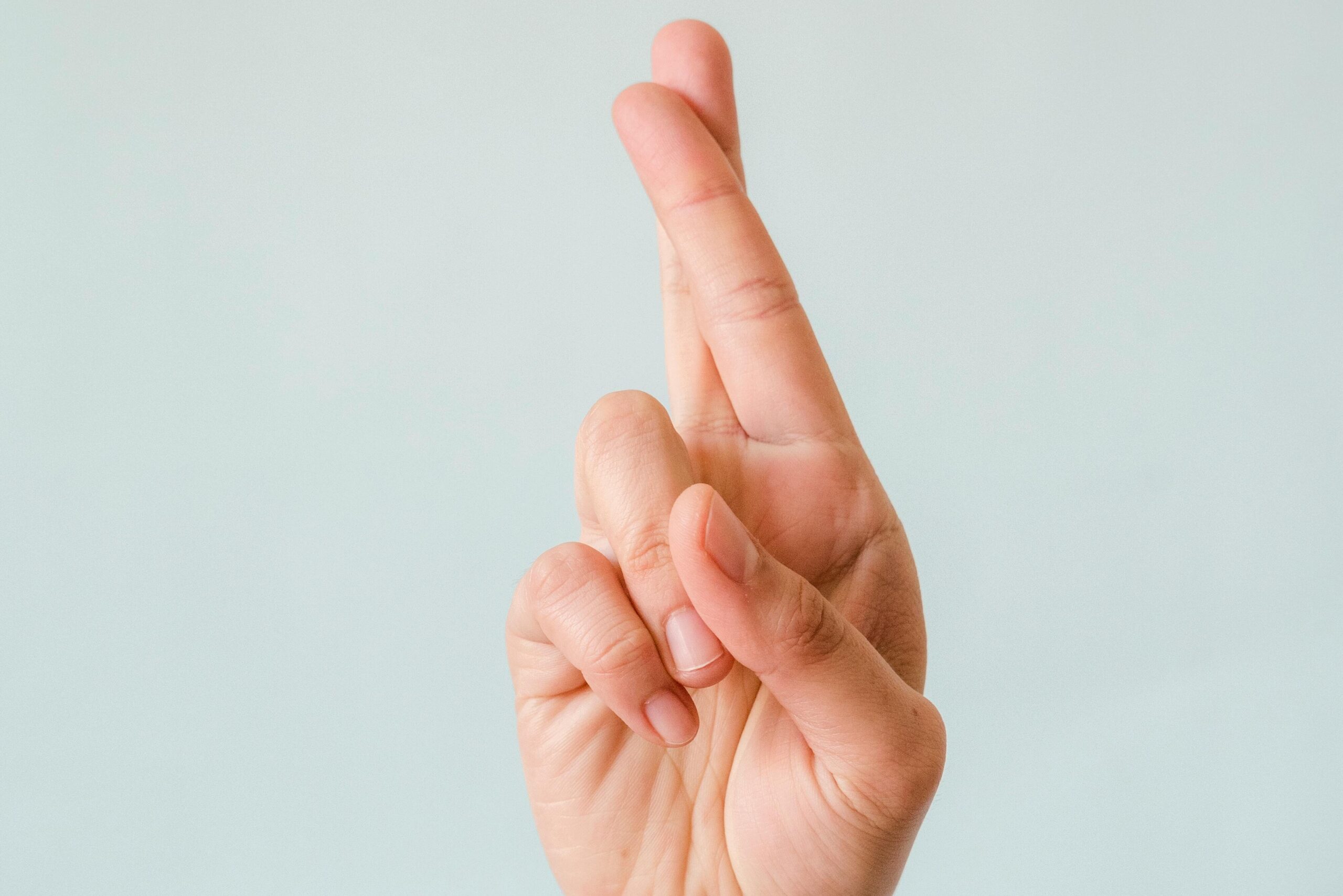
When you’re hoping for something, you instinctively cross your fingers, right? It’s a silent plea for good fortune. This simple gesture has surprisingly ancient origins. One theory suggests it dates back to pagan beliefs in the protective power of crosses. The intersection of the two fingers was thought to symbolize a cross, which could ward off evil spirits and bring good luck. It was like creating a tiny, personal protective charm. It was a way of invoking divine power or warding off negative influences without speaking a word.
Another theory ties it to early Christian practices, where two people would cross their index fingers to form a cross, symbolizing mutual support and shared prayer for a wish to come true. It was a tangible act of solidarity and hope. So, whether it was pagan superstition or Christian prayer, the core idea was the same: a silent appeal for a positive outcome. It’s amazing how a simple hand gesture can carry so much historical and cultural weight.
12. Tying Cans to the Back of a Wedding Car
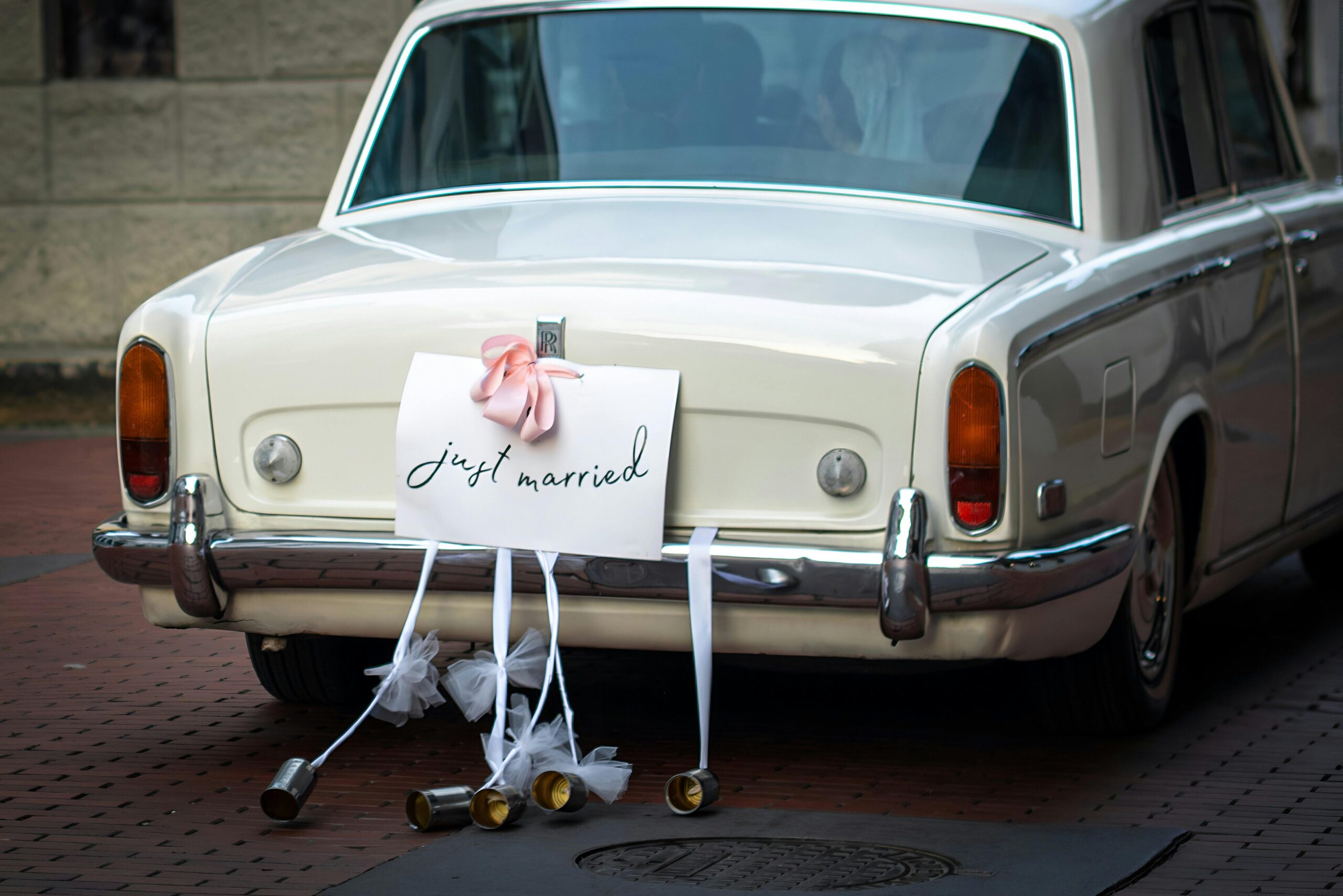
Seeing cans rattling behind a newlywed couple’s car is a classic sight. It’s a festive, noisy send-off. But why cans? This tradition actually has roots in a very practical, and rather noisy, purpose: scaring away evil spirits. In many ancient cultures, it was believed that evil spirits were attracted to happy events, like weddings, and would try to cause mischief or bring bad luck to the new couple. The loud clatter of the cans was intended to frighten these spirits away, ensuring the couple’s good fortune.
It was a form of auditory protection, a way to create enough ruckus to deter any unwanted supernatural guests. Over time, as belief in evil spirits waned, the practice evolved into a purely celebratory gesture. It became a joyful, noisy announcement that a wedding had just taken place. It’s funny how a practice born out of fear can transform into something so cheerfully symbolic. We still do it, not to scare away demons, but just to make a joyous noise!
13. Giving a Penny for Your Thoughts
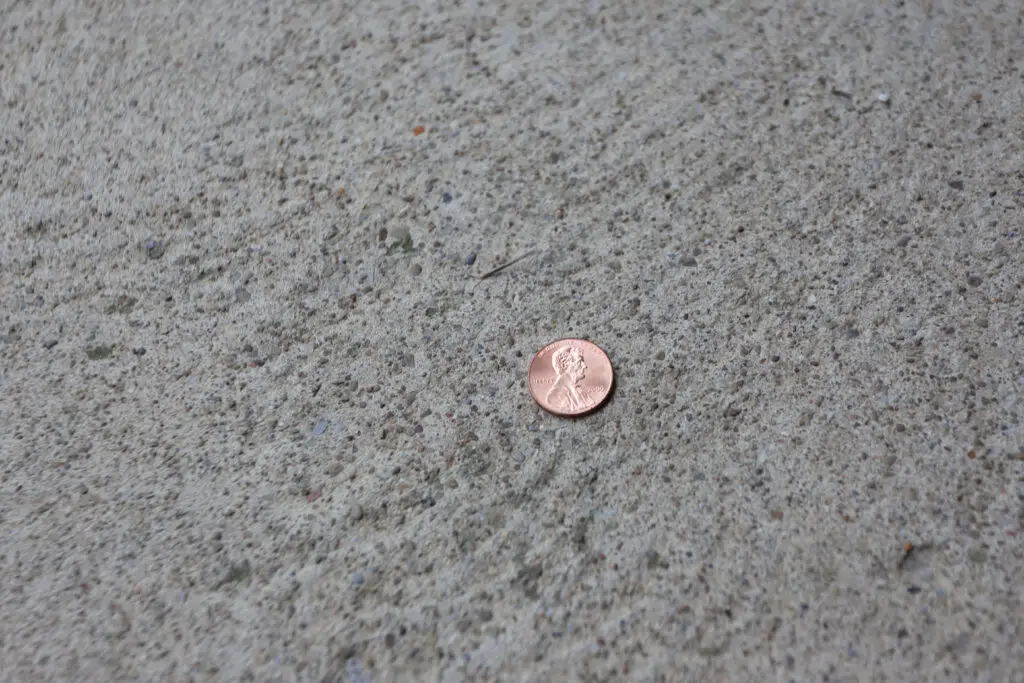
“A penny for your thoughts!” We say it casually when someone looks lost in thought. It’s a gentle invitation to share what’s on their mind. This phrase is surprisingly old, dating back to at least the 16th century. In a time when a penny actually had significant value, offering one was a genuine incentive for someone to reveal their deepest thoughts or worries. It implied that their thoughts were valuable enough to be worth a monetary exchange. It was a small but real payment for insight.
It wasn’t just a rhetorical question; it was a literal offer to compensate someone for their mental labor, so to speak. It highlighted the value placed on shared ideas and the importance of understanding another person’s perspective. While a penny is practically worthless today, the phrase endures, retaining its original meaning of seeking out and valuing someone’s inner world. It’s a charming linguistic fossil that reminds us of a time when even small sums of money held considerable weight.
